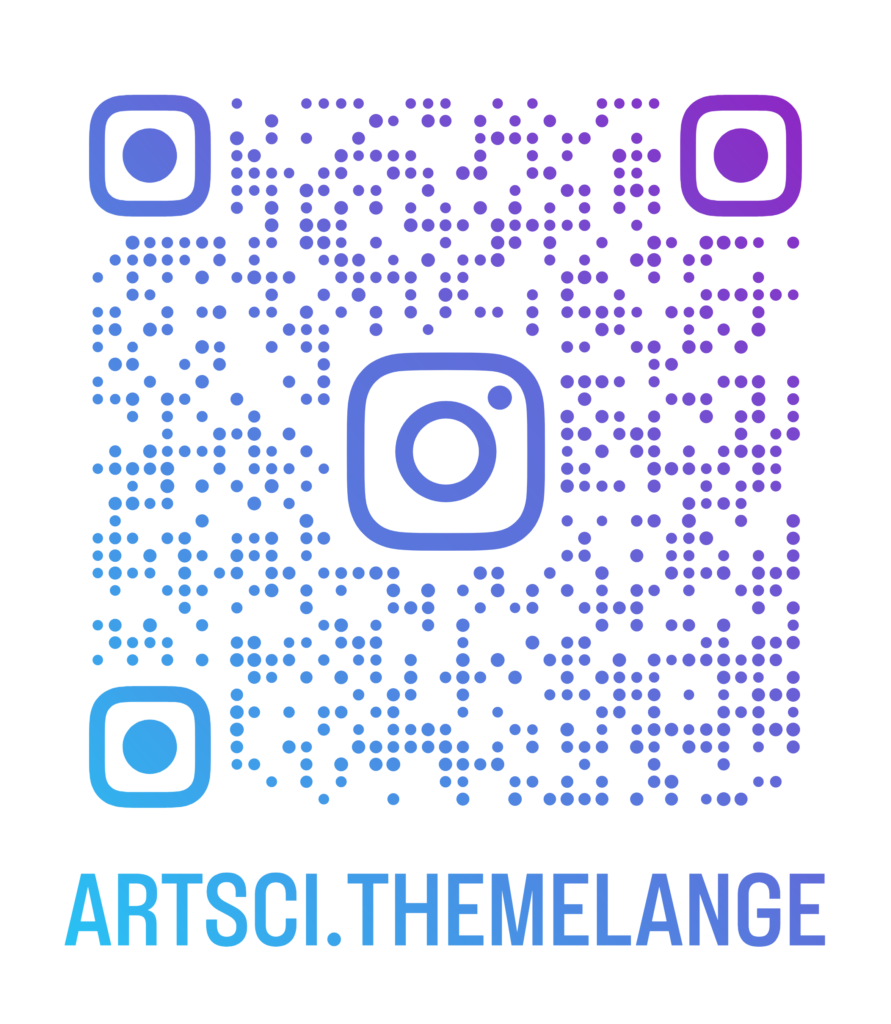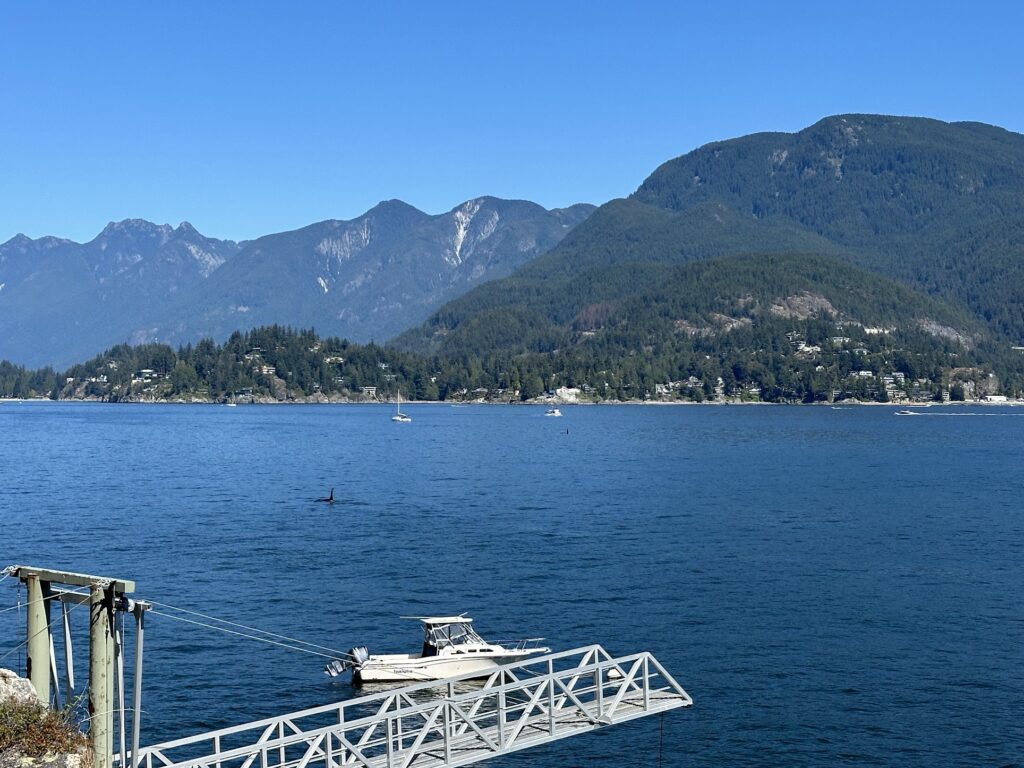For my second reflection, I thought I would spend time reflecting on the conversations prompted by the guest speaker, Jesse.

My Digital Footprint
I found Jesse’s discussion of “digital footprint” and online privacy to be extremely important. As someone who grew up with the internet (I remember making my Instagram account soon after I turned 13), I have spent time considering what my presence online is. On cautioning from my parents and older siblings, my teen self made sure that all possible social media accounts were kept as “Private.” As I’ve grown up and learned more about the internet, I acknowledge that “privacy” on the internet is not as cut-and-dry as we would think.
Having social media, I feel, is something that continues to keep me connected to friends, family, long-lost summer camp cabin-mates, and many people who have, at some point, crossed life paths with me. Often, my mom asks me how someone from elementary or high school is doing, and I’ll respond, “I saw they [insert activity here], but I haven’t spoken to them in a while.” It’s interesting to see where grown-apart friends end up, how convergent stories become divergent, or just in general see the possibilities of the future. However, I am cautious to call this a connection in the same way I would usually use the word.
Returning to online privacy, I have always been wary of a digital footprint. Growing up alongside the rise of mass social media had a way of engraining that in me—endless warnings about catfishes, stolen data, and information being shared. Especially since turning towards education, I often think: is what I am putting out on the internet something I would be comfortable with my students/admin/parents of students/etc. finding? Real life experience does demonstrate how much information is readily available online.
For the past two summers, I have worked at a summer camp where I work and live alongside 10–11th grade students on a university campus for a month. Part of our role is being mentors, encouragement, or general support for the learners. Both summers I have worked there, as counsellors, we initially save from revealing certain personal information—age being a main one. Both times, I have noticed how fast the campers (when determined) can piece together information about us. A high school graduation year from LinkedIn, a university program graduation post where we’re mentioned (linked below), or some other online crumb contributes to a feast of information. While a lighthearted example, it, both times, has reminded me how much information exists online.
https://artsci.mcmaster.ca/congratulations-class-of-2024/
I don’t think that this should mean that we should be scared of our online presences, instead just be wary. This shift into a professional program (the PDP) has been interesting in that I now see the beginnings of my professional presence or identity. How am I representing myself online? Is it how I want to be perceived? Is it true to myself? These questions represent one layer of online privacy. There are more, I’m aware (such as data brokers and the selling of information, scams, and hacking).
This website, I feel, can represent one stage of my new “professional” online identity. While I do use these posts for reflection (some personal, some academic), their content ties to my future professional role: an educator. Being aware of what is happening around me, and in the world my students live in, will only aid in better preparing them to live safely. Both off- and online.
Community and Creation

The final lesson I’ve learned and reflected on from this guest speaker is the power of the internet and social media to share and create. Above, I’ve attached a QR code that leads to the Instagram account of an online creative writing magazine called The Melange. This magazine was the first proper time that I shared my creative work beyond my friends (excluding the long unlisted and deleted tween YouTube channel I shared with a friend).
Writing for, and later editing for, The Melange gave me the push to create for fun, and the confidence to share it. While this was a magazine made, and mainly read, by my small undergraduate program, it was publicly available. The social media account is public, meaning anyone interested in this magazine or the program can find it. In addition, the official McMaster Arts & Science Instagram account would often cross-post our publishing announcements, spreading the work beyond those who sign up to receive it. Working on this magazine showed me the immense power that online publications and creative spaces have. People sharing their art led to connections, people reading and relating, and a snowball effect of more art being created.
Shared experience; shared art; sharing community.
I hope, as an educator, that I will continue to learn more about my place in the online sphere. Both to protect and prepare myself and my students, but to also encourage creation and the growth of spaces that foster (safe) community.
